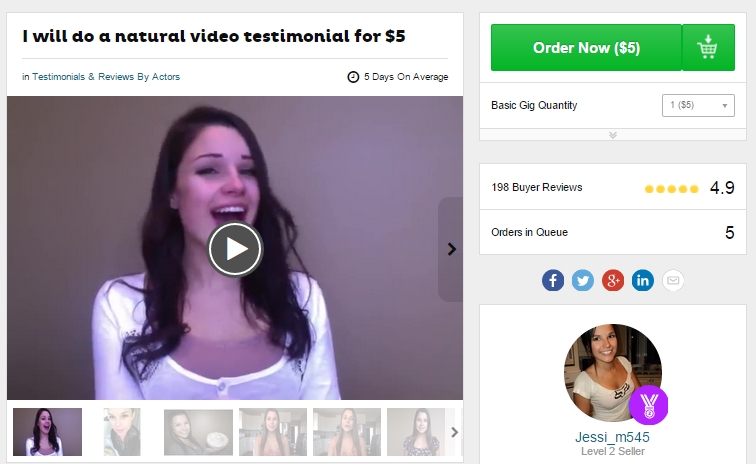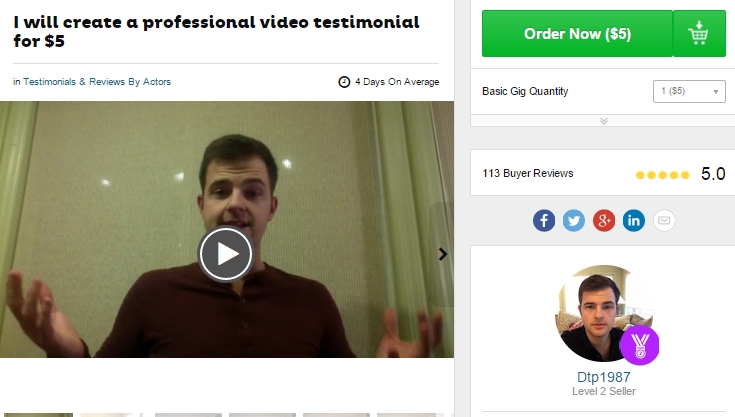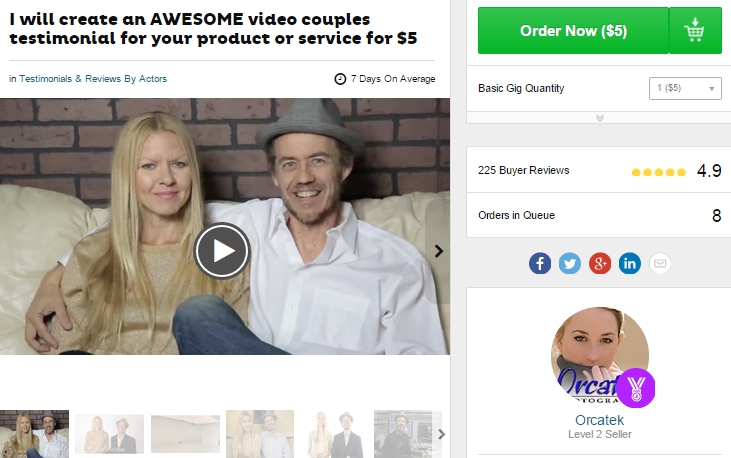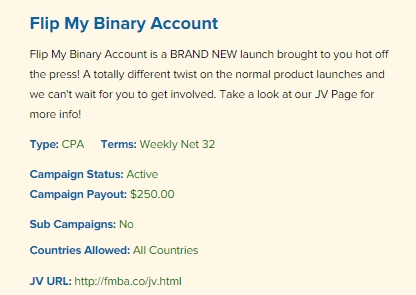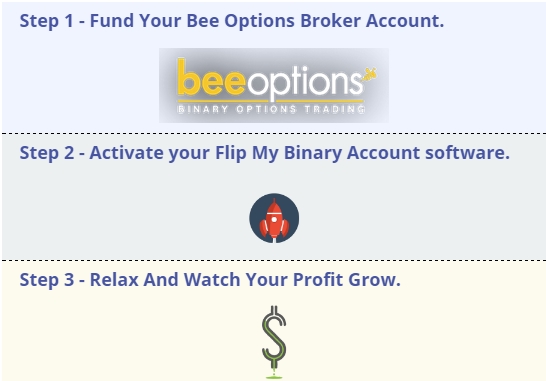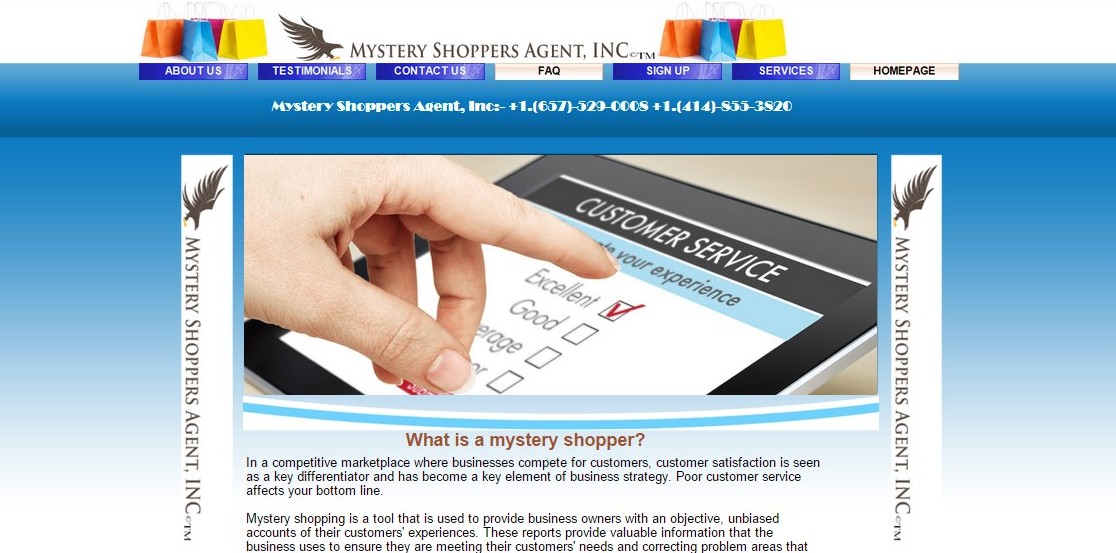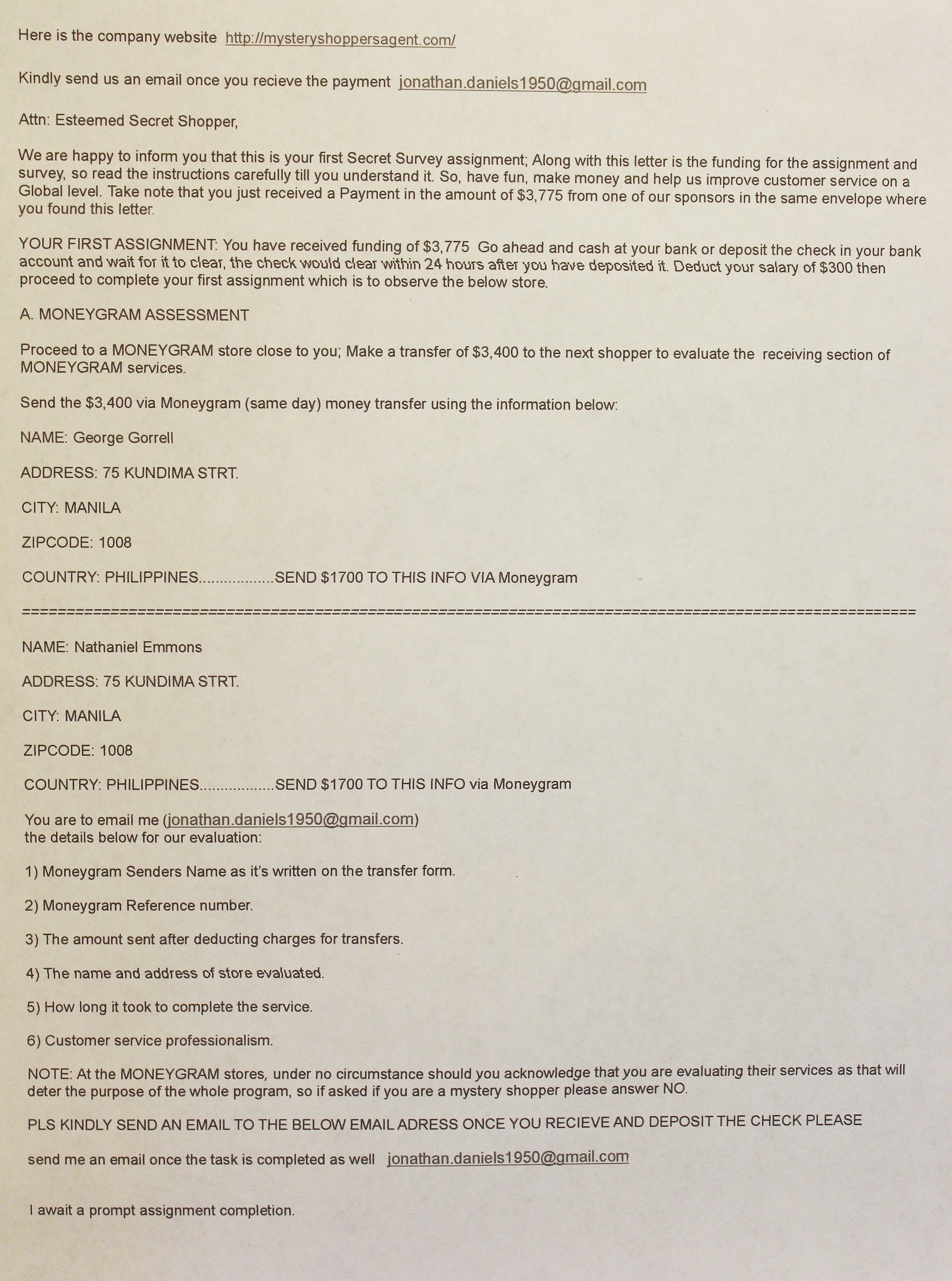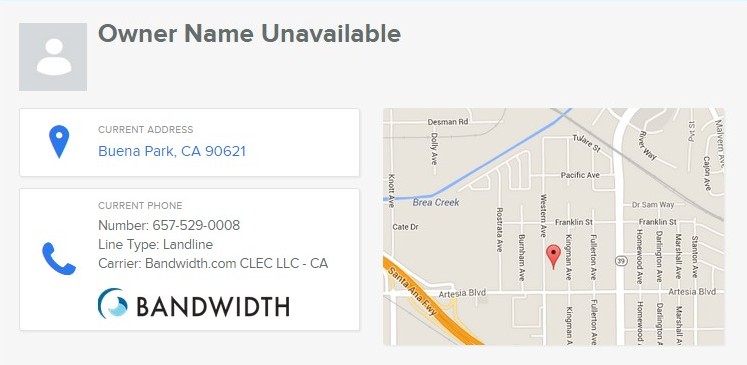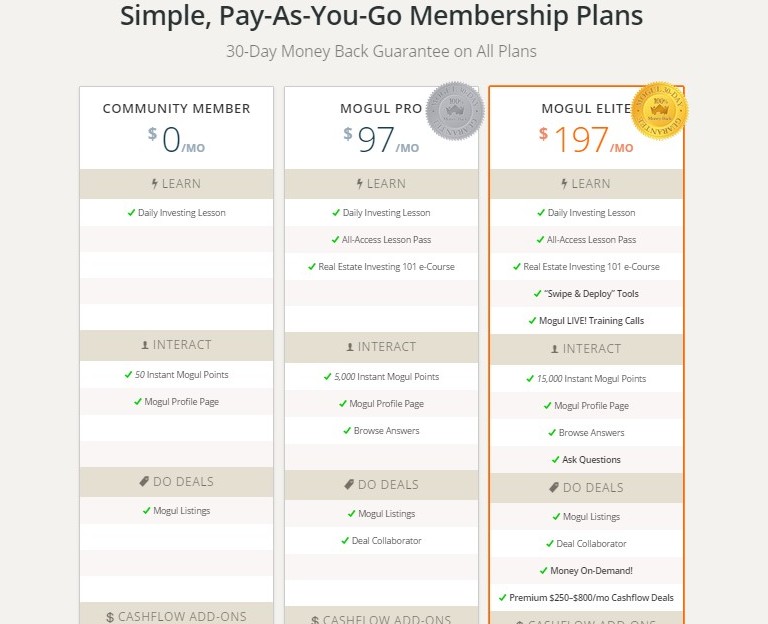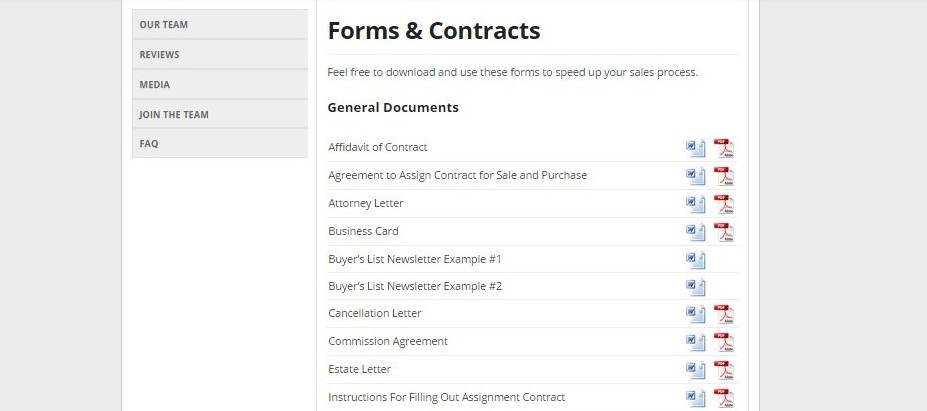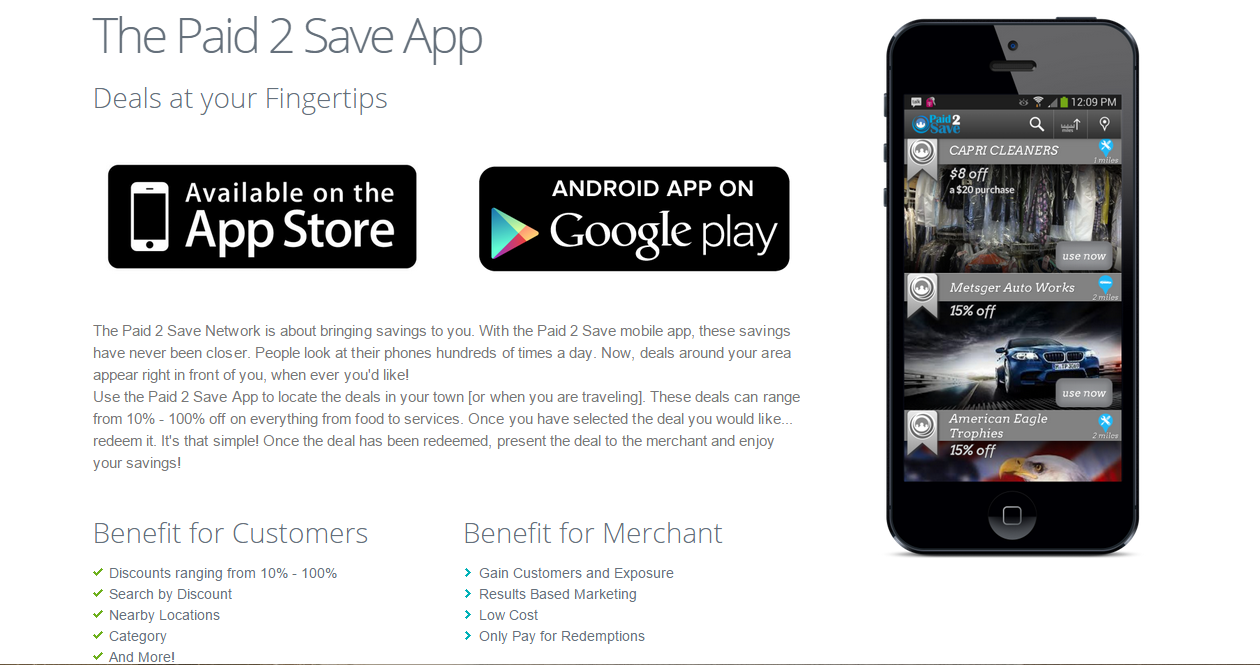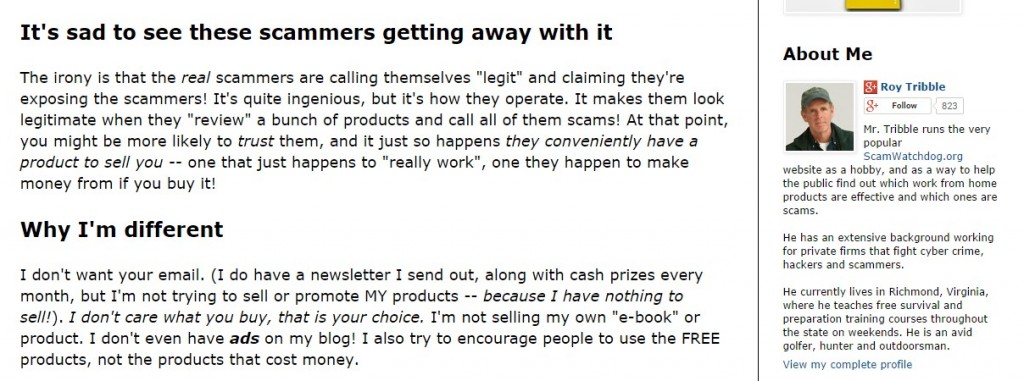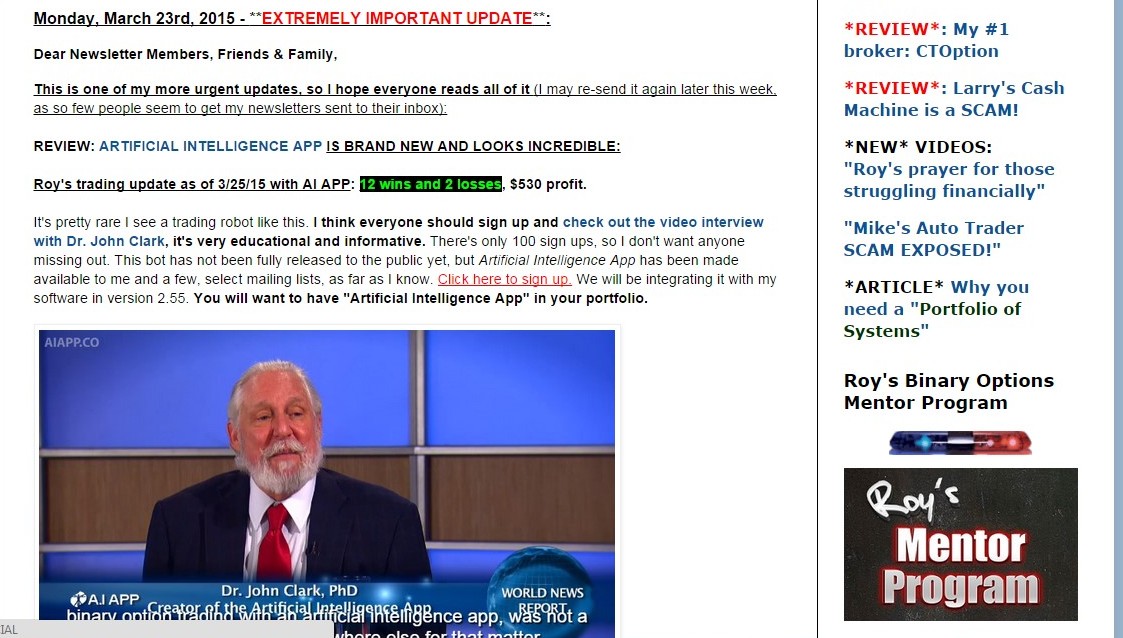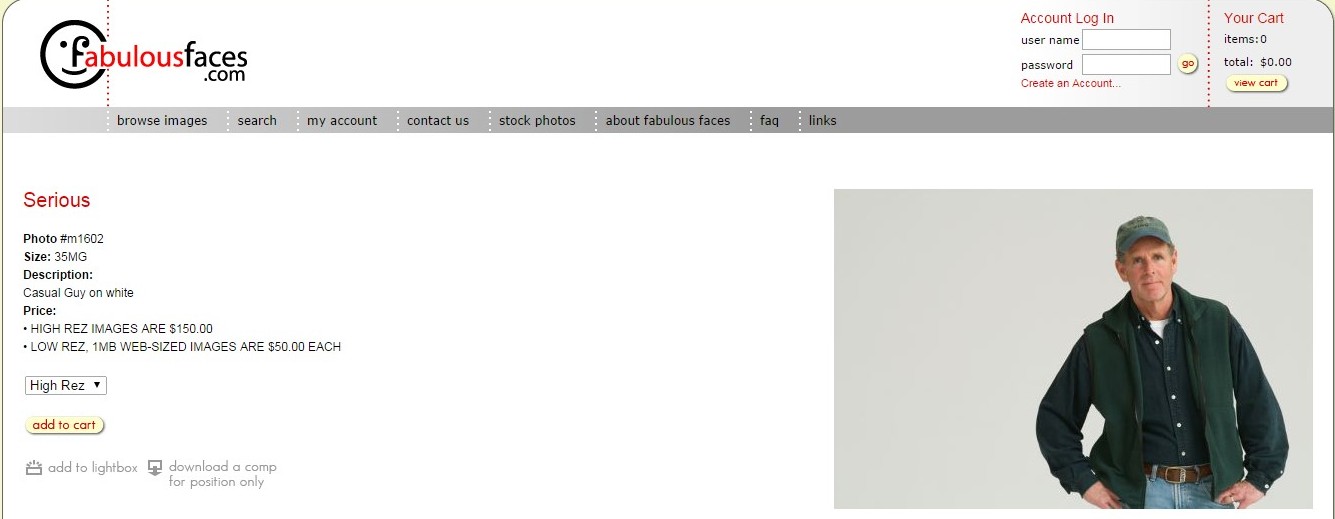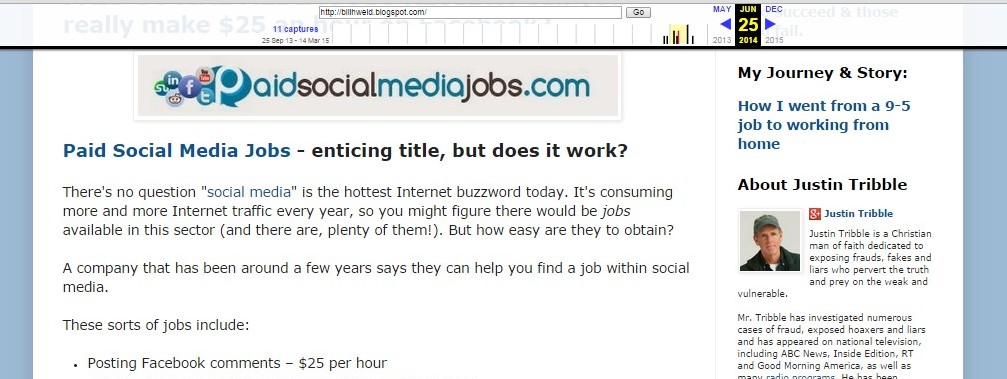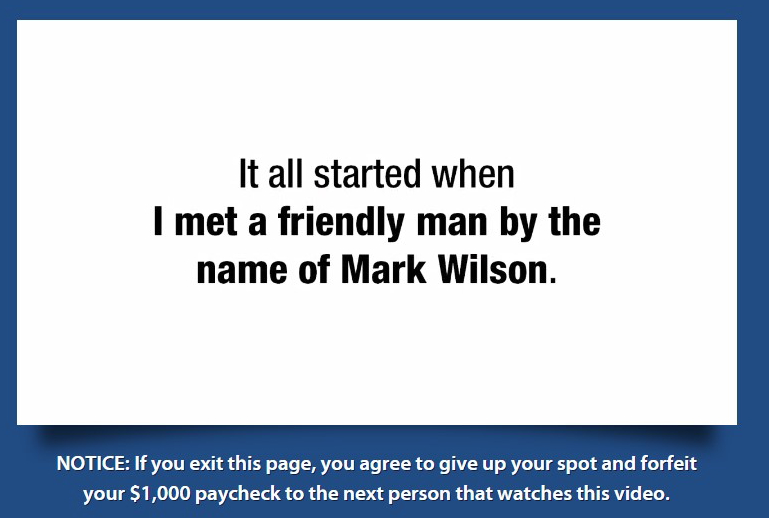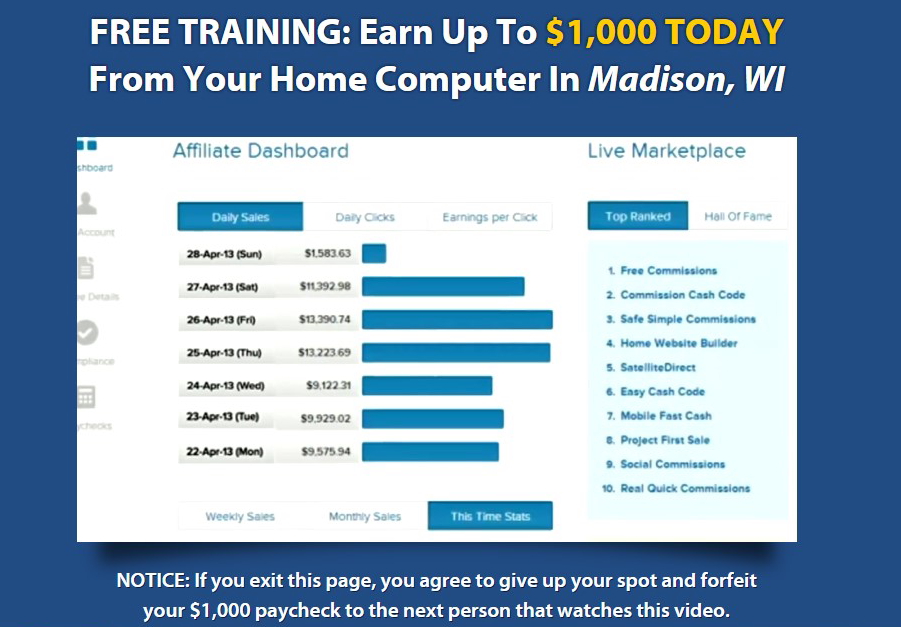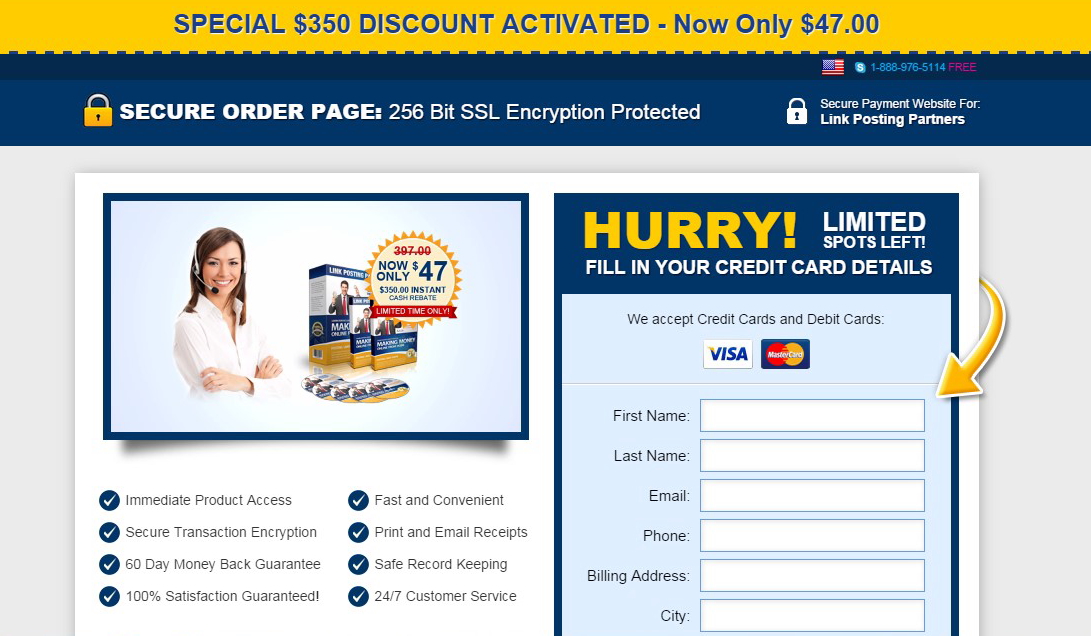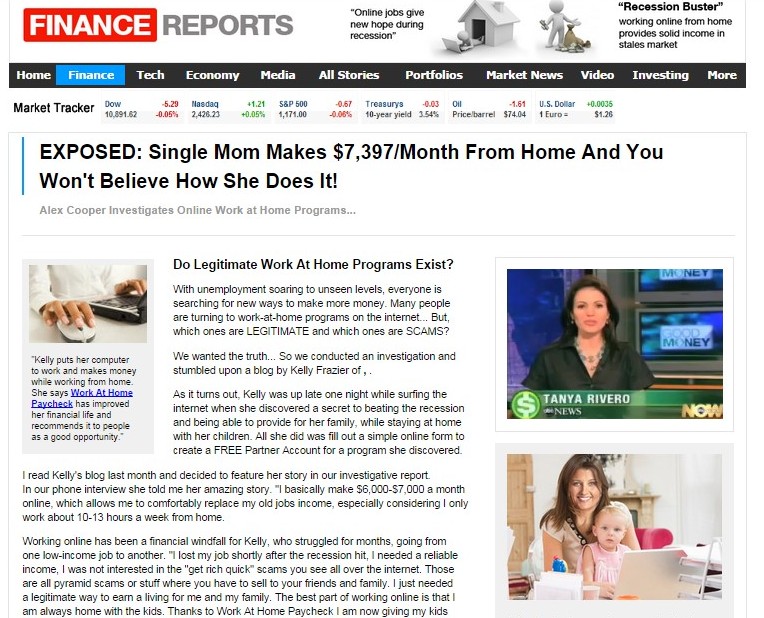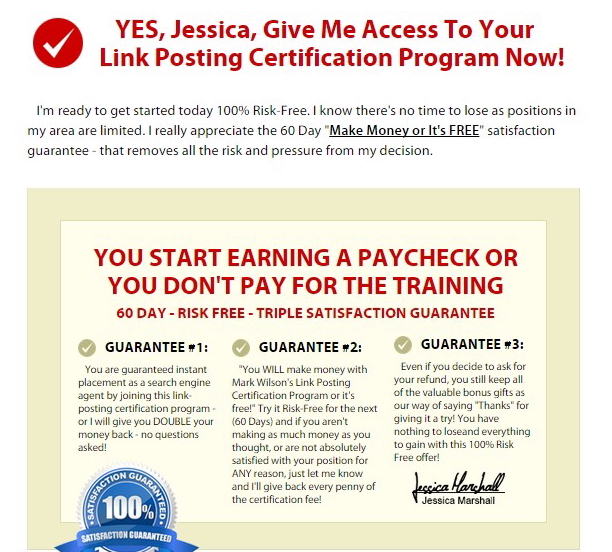Ever sleuthed around to find out information about someone and succeeded? You may just have the research skills to get a court researcher job.
If digging around public records sounds like your jam, read on to find out what it takes to be a courthouse researcher and which companies are offering court researcher jobs, including ones that you can do from home.
What Does a Court Researcher Do?
Court researchers look up and report on all kinds of legal and civil records, including tax liens, deeds, marriage licenses, lawsuits, etc., for the businesses that hire them to gather this information.
Typically, these businesses are law firms, home lenders, marketing firms, or background information companies.
Thanks to many public records being stored electronically, much courthouse researching can be conducted from home while sitting at a computer.
However, in some cases, court researchers need to physically visit the County Clerk’s office or City Hall, or the city or county courthouse, in order to gather more detailed records.
After that information is found, the researcher enters it into a spreadsheet or database provided by the hiring company. When the information is verified, the researcher gets paid.
The workload can vary substantially depending on the size of the county; smaller counties mean fewer records.
Most companies that hire court researchers pay per researched item. Depending on the complexity of the assignment, pay rates can range from $0.25–$20 per inputted document or record.
In essence, courthouse researching is actually one of the few legitimate data entry jobs out there.
Aren’t These Records Confidential?
You might assume that information on a person’s mortgage or how much tax money he owes is confidential. It isn’t.
Because a person’s property is subject to city/county assessment and taxes, a lot of its fiscal information exists in the public domain.
Likewise, if someone is charged with a misdemeanor or felony, that information is viewed as belonging to the public because it is the public that has paid for the court service through their taxes.
It might feel intimidating or intrusive to go to courthouses and other city/county buildings and demand information on people and entities you don’t know. However, keep in mind that these buildings and their personnel exist because you, the taxpayer, are paying for them.
Essentially, you are their boss, and as their boss, should feel comfortable requesting help. Besides, city/county employees understand that public data is checked and recorded by reporters, marketing and research firms, and other businesses all the time. Your presence in a courthouse as a researcher should therefore not be a surprise.
What Skills And Qualifications Would a Court Researcher Need?
A court researcher needs to have research skills, customer service skills, time management skills, and attention to detail.
If you’re going to work from home, you’ll need to have a reliable internet connection. When you need to go into courthouses, you’ll need to have a trustworthy means of transportation.
There are no educational requirements for this job, but employers generally prefer applicants who hold bachelor’s degrees.
No experience is necessary, but experience in the legal or judicial field is definitely an advantage.
How Much Do a Court Researcher Jobs Pay?
The average hourly wage of a court researcher is around $25 per hour, but it can range from $10 to $30, depending on the difficulty of obtaining the information, how many pages of documents you would need to obtain, and many other factors.
15 Companies That Offer Court Researcher Jobs
Now that you know what a court researcher does and what skills it requires, here are the companies that are currently hiring court researchers.
Advanced Background Check is an Ohio-based company that provides background checks as well as court and public records retrieval via their network of over 2,000 “boots-on-the-ground” court researchers.
Their three divisions include a wholesale pre-employment screening division, a retail pre-employment screening division, and a real estate division.
You can fill out a simple online application form to be considered for a post in a given geographic area.
DeedCollector.com mainly collects information from mortgage documents, which are filed after a home is purchased or an equity line of credit is secured.
Your rate of pay is dependent on how many records you can collect and how fast you can collect them. As you get better and more efficient with your data collection, you can make between $12 to $18 per hour, which can even go up to $20 per hour.
Deed Collector is constantly looking for independent court researchers but in very specific geographic areas, so check their updated list of current locations available first before you start applying for a position with this company.
This site pays about $12/hour for locating owner-financed real estate documents and recording names and addresses. Research work is doled out on a per-county basis and researchers are expected to regularly visit area courthouses to keep the information current. The work is not too detailed or exhausting, but it may also be just a few hours per week or month.
To apply for a court researcher position, call their Researcher Hotline at 1-800-428-1319.
Information Technologies prides itself on being one of the largest collectors and compilers of financial public records, such as tax liens and bankruptcies in the country for their “Financial Hardship” database.
As a court researcher with Information Technologies, you will probably do a lot of your research online by accessing city/county assessors’ sites. The occasional road trip may be required if you run into conflicting or missing records.
You can fill out an online form to apply as a court researcher.
Omni Data Retrieval is a wholesale public record retrieval company specializing in providing criminal history, as well as civil history, bankruptcy history, and federal and state tax liens to business customers.
You can email your resume if you’re interested in working as a court researcher with them.
Sentinel Data Retrieval is another wholesale data retrieval company specializing in criminal records research and hires “hands-on” courthouse researchers for its work.
Their many clients require this information for risk management, corporate compliance, network security, and operations management, so the workload here can be fairly high volume and steady.
As with most of the companies on this list, you can fill out an online application form through Sentinel’s site to apply for a court researcher job.
Look past the old-school website design and you’ll find a tight operation ran by women.
IT-Boss Research is hiring court researchers as independent contractors to compile public records and encode information that is then sent to clients who are looking for leads.
Simply fill out their application form to apply for a court researcher job. If they approve your application, you’ll be sent an offer letter via email and invited to an online Virtual Interview. After this, you’ll be assigned to a client and you can expect to get your first assignment within 7 to 10 days.
HireRight is a global company that specializes in doing background checks on applicants and employees of companies all over the world.
Locally, they periodically have openings for court researcher jobs. Bookmark the HireRight Careers page and check back for new opportunities.
Morse Genealogical Services is a family business dating back to 1939. Their specialty is genealogical research for probate matters; that is, they’re dedicated to finding missing persons and missing heirs for the purpose of settling an estate.
The records they normally require researchers to obtain from court include recently filed cases in probate court to see if there are heirs missing or unknown. You might also be required to pull up marriage, birth, or obituary records.
If you think you are suited to this kind of work, you can apply for a court researcher job through this form.
Accurate.com offers employee screening services, including criminal background checks, credit checks, driving history, social media searches, identity management, and many others.
Their clients range from small- to mid-size businesses to multinational companies.
Bookmark their Careers page to check for court researcher jobs, which are usually listed as Court Specialist.
You can also use the search keyword “researcher” to find any applicable jobs as well.
Duties involve contacting and visiting courts to obtain information on job applicants, as well as simple investigative tasks.
CORE is a network of court researchers that are mostly hired by realtors, investors, and debt and tax relief firms.
They are constantly on the lookout for independent contractors to research public court documents. Beginners are welcome; they provide free tools and training.
If this sounds like a good opportunity for you, go to this page, learn more about the requirements, and fill out the application form.
Jelly Bean Services are always looking for court researchers to find information regarding taxes, criminal background, legal information, and bankruptcy. JBS then sells this information to various clients who require it.
The company is open to part-time and full-time court researchers. When you become an independent contractor for JBS, you’ll receive flexible schedules. You even get to pick your own schedule.
What’s great about Jelly Bean Services is that the company allows you to work for another court research company. The only requirement is that you don’t share information about anything you’ve collected on behalf of JBS.
Inform Data began as a small court research company 20 years ago. Today, the company is the largest wholesale background screening research and data provider in the industry with over 1,500 team members…and is continuously hiring people to join the team.
Whether you are looking for a full-time job, need a part-time gig or a place to work while completing your degree, Inform Data has the perfect role for you.
LexisNexis Risk Solutions believes in the power of data and analytics to manage risk and uncover opportunity.
There are thousands of job opportunities available at the LexisNexis careers page, but if you’re looking for court researcher jobs, you can help the company with credit risk assessment, fraud management, financial crime compliance, and other similar business services.
The company needs data researchers for the court house document retrieval database used by those in the legal profession.
WRProfessionals are always looking to hire courthouse researchers. The site itself is quite outdated, but the job is legit.
To apply, fill out the form here, and wait for the WRProfessionals to call you back.
Apply For a Court Researcher Job Today!
Not everyone is cut out to be a court researcher, but if you think you’ve got what it takes, I hope the information above has been helpful.
If you love doing research, but you’re not qualified to be a court researcher or it sounds a bit overwhelming, here are some online research jobs you can apply for.
Or if you have a legal background, you may also be interested in sites to look for work as a legal writer and other work-from-home legal jobs.





